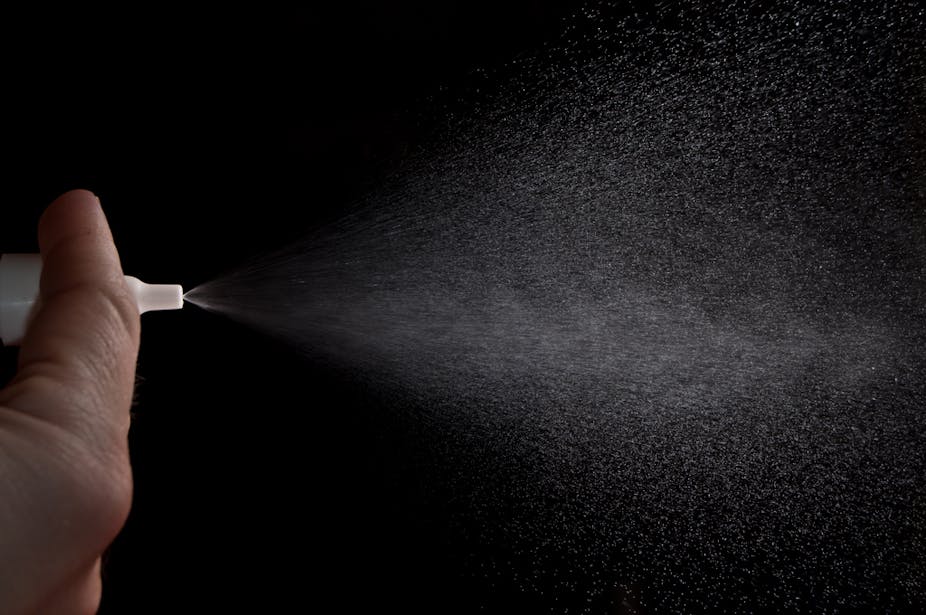On March 18, 2011, I submitted my first complaint about the promotion of SensaSlim to appropriate authorities – the Complaint Resolution Panel (CRP) which hears complaints about alleged breaches of the Therapeutic Goods Advertising Code 2007, the Therapeutic Goods Administration (TGA), which administers the Therapeutic Goods Act 1989 and the Australian Competition and Consumer Commission (ACCC) which administers the Competition and Consumer Act 2010.
This complaint, and at least six others, alleged that the promotion of SensaSlim on the internet, television and in shops breached numerous sections of the above regulations.
Soon after, I received a letter from the SensaSlim Australia Pty. Ltd, titled, “Notice of Intention to Commence Proceedings”. This, and subsequent communications from SensaSlim threatened legal action against both my university and me unless my complaint was withdrawn.
My university could not be joined in the threatened legal action because the conditions of my adjunct appointment were clear – “During the period of this appointment you will receive no remuneration from La Trobe University. Nothing in this offer creates or implies an employment relationship between you and the University”.
I declined to withdraw my complaint and on April 19, 2011 a “Statement of claim” was issued against me in the New South Wales Supreme Court alleging that my complaint was defamatory and claiming “general and punitive damages for libel in the sum of $800,000.00”, plus costs.
This action had the effect of stopping the CRP from hearing all complaints about SensaSlim due to Therapeutic Goods Regulations 1990 42ZCAJ (2) – “If, after a complaint has been made to the Panel, a proceeding begins in a court about the subject matter of the complaint, the Panel cannot deal with the complaint until the proceeding is finally disposed of”.
My own lawyers filed a notice of motion in the NSW Supreme Court seeking orders to have the SensaSlim claim struck out and the proceedings dismissed because it disclosed no reasonable cause for the action.
The case was listed on June 14, 2011 before the Defamation List Judge, Justice Lucy McCallum, in the Supreme Court at Sydney. It was agreed that the initial “Statement of claim” by SensaSlim would be struck out because it had many technical legal errors.
However, SensaSlim’s lawyers wanted to re-submit an amended “Statement of claim” and were allowed to do so, given that they agreed to pay our costs for defending the first one.
This move by SensaSlim keeps the action going and stops the CRP and TGA from acting on numerous queued complaints. Some observers believe this case is an example of a SLAPP (strategic litigation against public participation) writ, which aims to silence criticism because the defendant “succumbs to fear, intimidation, mounting legal costs or simple exhaustion and abandons the criticism.”
The Medical Research Director of SensaSlim, Dr Matthew Capehorn, has now resigned. He stated, “Despite requests, I have never seen evidence of the original clinical trial, and it has never been published in a peer reviewed medical journal. Therefore, the White Paper holds no scientific relevance, until that original trial is published” and “video interviews were put on the SensaSlim website, without my approval or opportunity to review the content”.
As of today, SensaSlim is still listed on the TGA’s Australian Register of Therapeutic Goods, which allows it to continue to be legally sold, it’s still actively promoted on numerous Australian internet sites. And Dr Capehorn is still featured spruiking the product.
Meanwhile, the Australian Skeptics have kindly launched a campaign to raise funds to support my continued defence of this legal action.
There are a number of lessons to be drawn from this case study.
First, one might have hoped that university-trained health professionals who promoted this product would have been more discerning in their assessment of evidence for the claims made.
Second, one might have expected that the TGA would have responded to previous calls to look more rigorously at complementary medicines before they are listed on the Australian Register of Therapeutic Goods (ARTG).
This could have saved many people (consumers, stockists and franchisees) from spending large amounts of money on SensaSlim.
Failing that, on receipt of well-documented complaints, surely the TGA could have rapidly removed this product from the ARTG, which would have made continued sales illegal?
Ironically, the TGA have yet to respond to queries and complaints about this product that were sent to them direct. Perhaps the Pan Pharmaceutical class action has made the TGA more cautious about taking such action?
Finally, we are left with the ACCC, which I understand have been investigating this matter for some time but are not yet ready to inform us of their findings.
It seems a sad reflection on the regulators that we are dependent upon complainants, investigative journalists, blogs, skeptics and health professional web sites to get the message out.
Do you think the TGA should examine products more rigorously before allowing them to be listed on the Australian Register of Therapeutic Goods?
Leave your comments below

